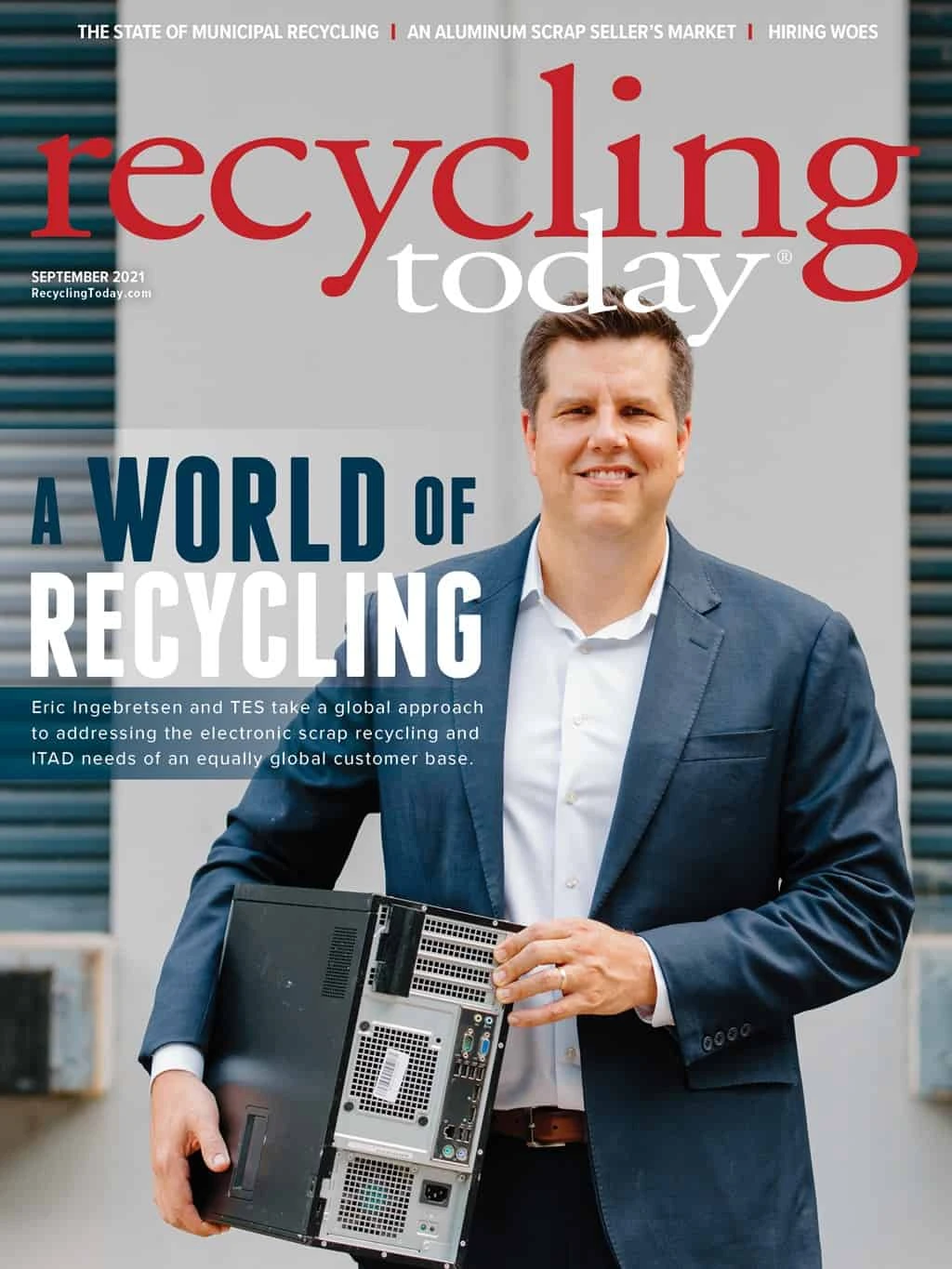

1. What is the advantage of a sorting robot?
It has always been a challenge for most material recovery facilities (MRFs) to find staff to sort material and operate successfully. This is when the integration of sorting robots into a MRF takes on its full meaning since they reduce the dependency of staff in these key areas as well as they are able to pick faster with greater accuracy. Another value of robotic sorting is the artificial intelligence (AI) that generates essential data from the material stream composition.
2. Where are robots best suited in a MRF?
Robots can replace sorters easily in a sorting facility. Operators can use their human resources in a more value-added function.
Robots are best suited on a picking line or can be used as quality control to purify the material stream. Robots can be used to sort multiple materials such as natural or colored high-density polyethylene, polyethylene terephthalate, polypropylene, cartons and for aluminum quality control. The Machinex Samurai is also able to handle plastic film and small fractions with a specific suction system. The key to reaping the most benefits from the robot is to properly prepare the material upstream with high-performance equipment such as optical sorters.
3. How have robots evolved?
Robots have evolved a lot since they entered the market a few years ago. The learning of material was one of the biggest challenges, so when we first started to implant our robots, we had to teach the AI and build a strong database with material characteristics.
Before implanting a robot in a system, we can install a labeling machine if the material differs from what is in our database. This allows for greater identification of the material and speeds up efficiency. The robot is an excellent asset, but you still must know how to integrate it in the right place and optimize the material upstream. Machinex is above all an expert in the design of sorting systems and a proven systems integrator.
4. What happens to data captured through AI?
AI can be used with a vision system or within an optical sorter. The data captured by the AI are analyzed and uploaded into the MACH Cloud database containing different materials already stored in. The knowledge is shared among all Samurai powered by Machinex AI. Machinex has also developed a dashboard called Intell that can connect to intelligent equipment, and it can see what has been captured.
5. How can AI be used to improve a MRF’s operations?
As the material stream changes over time, MRFs need to adapt to cope with changes. AI offers multiple benefits, such as plant interconnectivity and a high-level automation while providing real-time information and data analysis on high-tech equipment. Machinex is integrating AI at of some of the most advanced MRFs around the world, including a facility in Coventry, U.K.

Explore the September 2021 Issue
Check out more from this issue and find your next story to read.
Latest from Recycling Today
- Phoenix Technologies closes Ohio rPET facility
- EPA selects 2 governments in Pennsylvania to receive recycling, waste grants
- NWRA Florida Chapter announces 2025 Legislative Champion Awards
- Goldman Sachs Research: Copper prices to decline in 2026
- Tomra opens London RVM showroom
- Ball Corp. makes European investment
- Harbor Logistics adds business development executive
- Emerald Packaging replaces more than 1M pounds of virgin plastic





